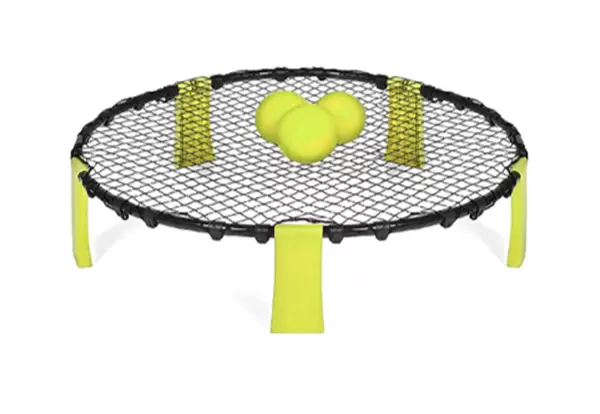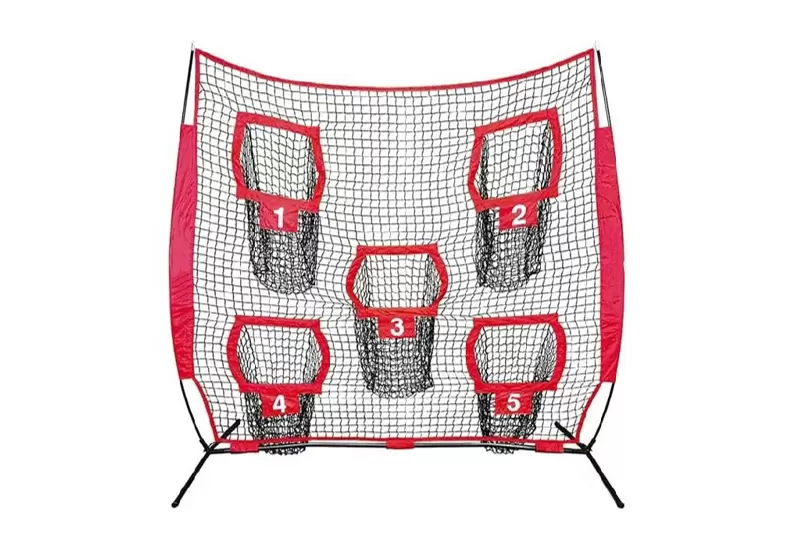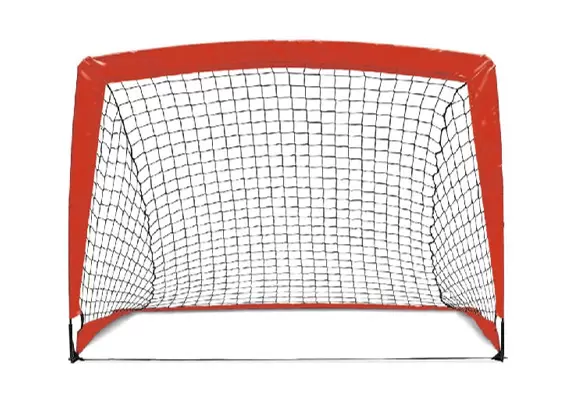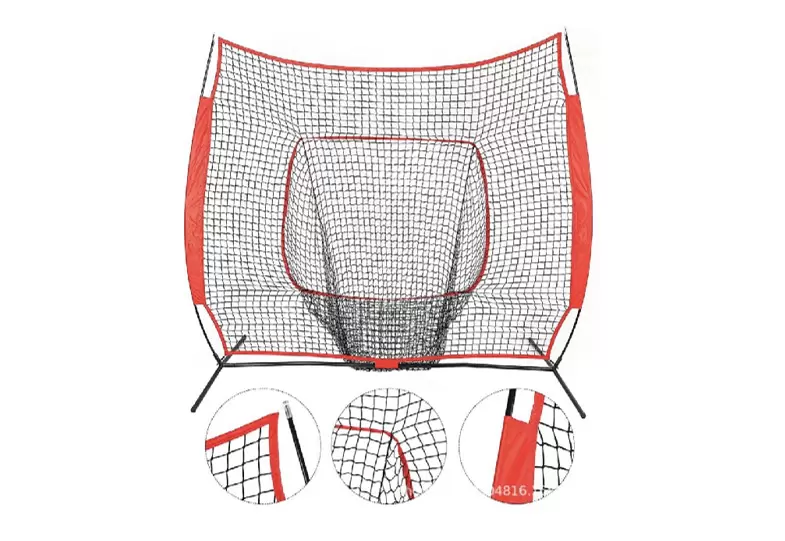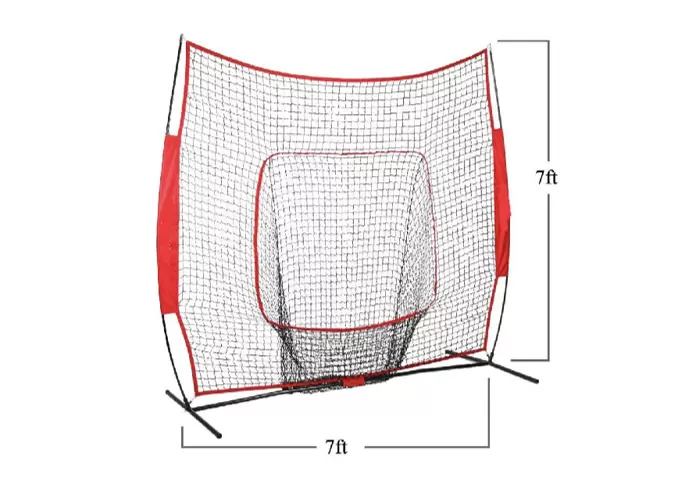Rugby nets may not get the same spotlight as balls, jerseys, or boots, but they are essential for safe, efficient, and effective training. Whether used for passing practice, goal protection, or perimeter safety, nets take a beating over time.
Unfortunately, even the most durable nets eventually show signs of wear and tear. The good news? Many issues can be fixed with simple maintenance strategies, quick repairs, and smarter usage practices.
In this article, we’ll explore the most common rugby net issues and offer clear, practical solutions to keep your training setup strong and safe.
For high-quality, long-lasting options, see Yichen Sports Rugby Net.
1. Fraying and Broken Strands
The problem
Heavy impact from rugby balls and repeated stress points can cause net fibers to fray or snap. Once small tears start, they can quickly spread across the mesh.
Solutions
Reinforce early: As soon as you spot fraying, trim loose fibers and apply binding tape or rope sealer to stop further unraveling.
Patch sections: For localized damage, stitch in a patch of similar material using nylon cord or fishing line.
Upgrade materials: If fraying happens frequently, consider polyester or UV-treated polypropylene nets, which are more abrasion-resistant than nylon or polyethylene.
External reference: Net World Sports Rugby Passing Net highlights the importance of using knotless polyester to reduce weak points.
2. Sagging Nets
The problem
Over time, nets can sag due to overstretched ropes, loose anchors, or water absorption in certain fibers like nylon. Sagging reduces effectiveness and looks unprofessional.
Solutions
Re-tension regularly: Check fastenings, replace stretched cords, and tighten frame clips.
Use weather-resistant ropes: Polyester cords hold tension better than nylon in wet conditions.
Add mid-point supports: For larger nets, extra support poles prevent central sagging.
See professional-grade solutions at Yichen Sports Rugby Net, where nets are designed to maintain structure under repeated stress.
3. Rust and Frame Corrosion
The problem
Outdoor nets with steel or metal frames are vulnerable to rust, especially in coastal or rainy environments. Rust weakens stability and can even create injury risks.
Solutions
Powder-coated or galvanized steel: Always choose frames with protective coatings.
Regular inspection: Sand off small rust spots and repaint with rust-proof paint.
Alternative materials: Consider fiberglass or aluminum poles for high-humidity locations.
Tip: Store nets indoors during off-season to prolong frame life.
4. Loose Anchoring and Stability Issues
The problem
If a net isn’t anchored properly, it can shift, tip over, or even collapse during training — creating safety risks.
Solutions
U-pegs and ground stakes: Reinforce nets with heavy-duty anchors.
Weighted bases: Add sandbags or ballast for indoor setups or artificial turf.
Routine checks: Always test stability before sessions, especially after storms or windy days.
5. Weather Damage (UV, Rain, Wind)
The problem
Outdoor exposure can quickly degrade net materials:
UV light causes brittleness.
Rain leads to mold or waterlogging.
Strong winds stress frames and ropes.
Solutions
UV-stabilized fabrics: Opt for polyester or UV-treated polypropylene.
Weatherproof storage: Disassemble and store nets when not in use for long periods.
Protective sprays: Apply anti-mildew or UV-protectant sprays annually.
Reference: G&M Safety Netting stresses UV treatment as a key factor in outdoor net longevity.
6. Poor Rebound or Ball Containment
The problem
Some nets don’t provide the right level of tension, causing balls to pass through, rebound unpredictably, or fail to stop safely.
Solutions
Check mesh size: Ensure the mesh is tight enough to catch rugby balls (generally ~100 mm).
Adjust tension: Nets that are too tight rebound too sharply; too loose, and they sag. Aim for balanced elasticity.
Upgrade design: Consider knotless, braided nets that distribute impact evenly.
7. Safety Hazards (Sharp Edges, Loose Wires)
The problem
Over time, worn ropes, exposed metal, or sharp frame edges can pose injury risks to players.
Solutions
Inspect regularly: Replace or cover sharp edges with padding.
Use protective sleeves: Around poles and cables, add guards to reduce abrasion.
Coach supervision: Especially for youth players, ensure nets are inspected before each session.
8. Nets Wearing Out Too Quickly
The problem
Cheap nets may last only one season, leading to frustration and frequent replacements.
Solutions
Invest in quality upfront: Premium materials last 3–5 times longer.
Follow maintenance routines: Clean, store, and inspect to maximize value.
Check warranty: Reliable suppliers often provide replacement guarantees.
9. Practical Troubleshooting Checklist
Here’s a quick maintenance checklist you can use weekly:
| Issue | Quick Fix | Long-Term Solution |
|---|
| Fraying strands | Tape or stitch | Upgrade to stronger material |
| Sagging net | Re-tension ropes | Add mid-pole supports |
| Rust spots | Sand & repaint | Switch to coated steel/fiberglass |
| Loose anchors | Add stakes/weights | Upgrade anchoring system |
| UV damage | Apply spray | Buy UV-stabilized nets |
10. Final Thoughts
Rugby nets are silent workhorses of training sessions, but they require attention to stay safe and effective. By recognizing common issues early — fraying, sagging, corrosion, poor anchoring, or weather wear — coaches and clubs can fix small problems before they become costly replacements.
For those looking to minimize issues altogether, investing in high-quality, UV-stabilized, knotless rugby nets is the smartest choice.
Explore durable, professional-grade options at Yichen Sports Rugby Net to see how material quality and design reduce common failures.


